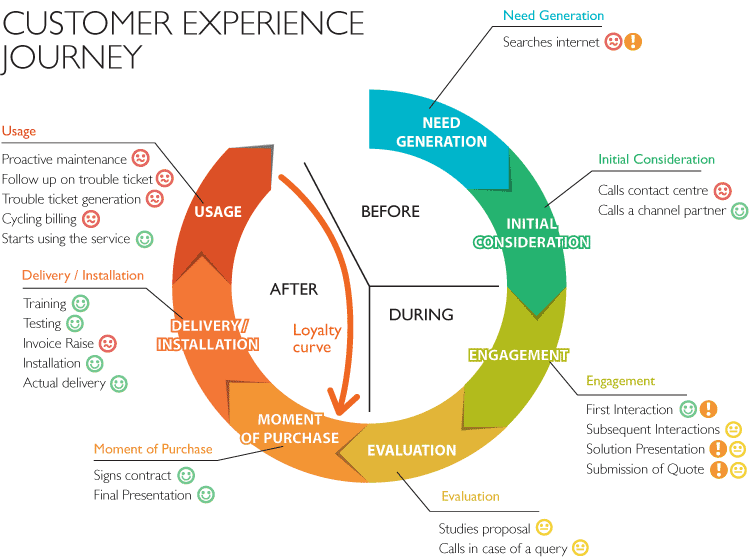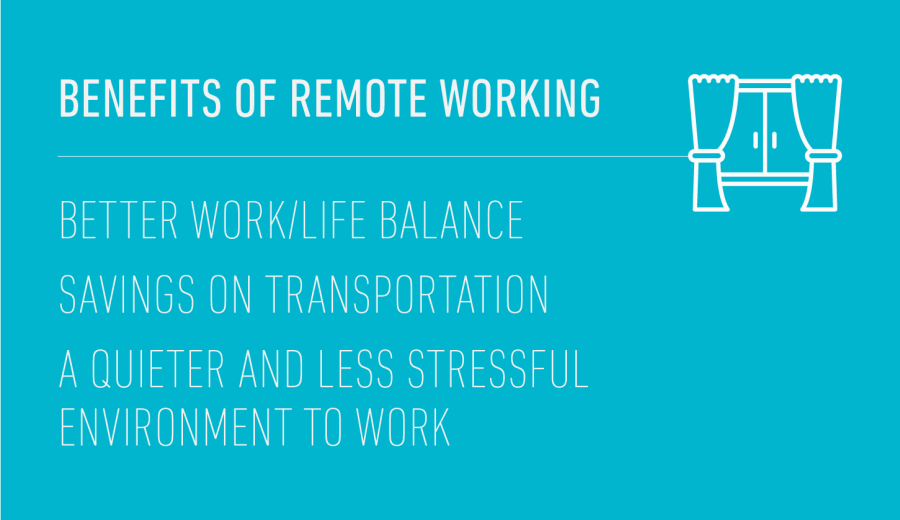According to research, over 70% of all customers who leave a company for its competition have no problem with the product. Their main grouse is actually with the customer care offered to them. This means that customer churn can hypothetically be reduced by 70% with world class customer care.
The issue is that top-notch customer service can be quite expensive. According to the Worldwide Industry Benchmark Report from 2015, the average cost for each inbound customer service call is $1.30. This figure reflects average customer support. However, as soon as you aim for higher quality, the costs increase significantly.
That does not mean you give up on the quest for exceptional care for your customers. Here are a few ideas that will help you reduce your customer care costs without any negative impact on quality.
Hire the Right People and Train Them Well

No matter how fancy your software, if you don’t have the right people manning your customer care lines, you’re in for big trouble. By “right” I mean the few essential traits that your staff needs to have, including:
- A helpful disposition,
- Strong listening skills,
- High-level cognitive skills to understand and address users’ problems,
- Quick decision making capability,
- Ability to pacify irate customers, and
- Genuine personal warmth and empathy that puts the customer at ease.
These traits create an excellent customer care representative—someone you’ll be glad to have representing your company. After hiring good employees, put time and resources into training them effectively. Show them how to get things right on the first try, how to calm down tense situations, and how to collaborate as a team.
As you rightly guessed, such people don’t come cheap. Don’t be penny wise and pound foolish by hiring the cheapest people who apply to your customer care positions. By investing in talented staff, you will improve customer satisfaction, reduce repeat calls, and increase overall revenue in the long run.
Identify Your Customer’s Problems
Customers call up your support hotline for a myriad of reasons. From solving product issues to maintenance requests— it could be anything.
However, with the help of customer support software, it is possible to track the reasons behind why users call and identify those that top the list. Once you’ve identified the top problem areas, work out a way to fix them. Let’s say the majority of your calls are about monthly purchases. By setting up a simple section on your site that allows users to buy monthly subscriptions, you automate the payment process and eliminate the cost of taking user calls for purchases.
Proactively Eliminate Problems
Mike Cholak from Convergys suggests building a “Customer Experience Map.” Map out the path your customers take through your support system and identify processes or products that make for a poor user experience. Fixing these issues on priority helps improve your customers’ overall satisfaction rate with your company. It will also mean fewer repeat calls, shorter call times, and quicker problem resolution, all contributing to a lowering of customer care costs.
Silvana Charruca, a.k.a. UX lady, has written an excellent article on how to go about mapping your user journeys.
Set Up Self-Service Options and Make Them Easy to Spot
Customers cite calling call centers and waiting to be served as one of the most irritating things they do in a day. Avoid troubling your customers by offering them information about your product or service upfront, via detailed FAQs.
Some important things to remember about your FAQs section:
- Include a search bar in your FAQs section. This makes it easier for the user to find answers for their specific problem without having to read through reams of questions and answers irrelevant to them.
- Use simple, conversational language over technical jargon. The idea is to make sure the customer can understand your solution without having to call up customer care for clarifications.
- It’s not enough to simply create a great FAQs section; make sure it’s prominently displayed on your website and visitors can find it.
However awesome your FAQ section may be, some users simply can’t go without having a real person answer their questions. They can’t be bothered to “go on the internet” and dig into instructions or forum discussions. To tackle such customers, create a self-service option on your customer care phone lines, or provide live chat options on your site.
Consider Remote Work for Customer Care Agents
The technology available today can eliminate the need of having all your customer care personnel under one roof. You can build a support team that works from home and is located anywhere in the world at a significantly lower cost than transporting people to your location, paying rent, utilities, and other assorted overheads at a permanent commercial property.
Remote workers have been known to put in longer hours, are less stressed out, and are cheaper to maintain than employees in physical offices. Microsoft’s “Work Without Walls” whitepaper tells you all the different benefits that come with remote workers like,
- Better work/life balance (60% of respondents),
- Savings on gas (55%), and
- A quieter and less stressful environment to work.
However, ensure that your customer service agents are equipped with tools and useful software that enable them to work efficiently. Zopim, for example, allows agents to chat with the customer and each other through a simple web-based dashboard.
Being able to track your agent and customer support team’s performance through the use of analytics will also be useful in helping your team work better from their respective locations.
Over to You
So those were my two cents on saving big with great customer care. What processes and strategies have served you well when it comes to cutting costs without cutting back on customer satisfaction? Do you have any tricks up your sleeve? Tell us in the comments!

